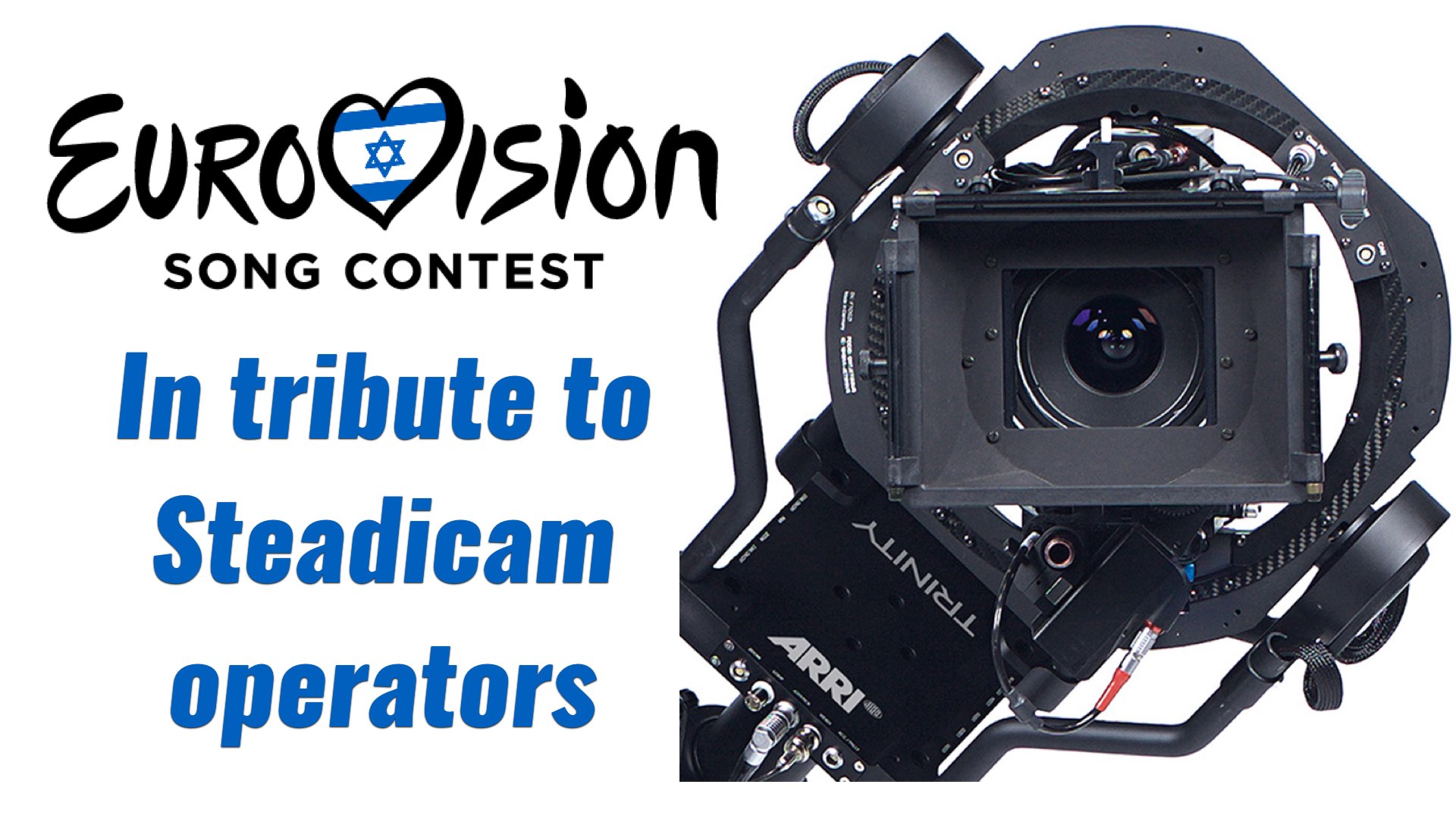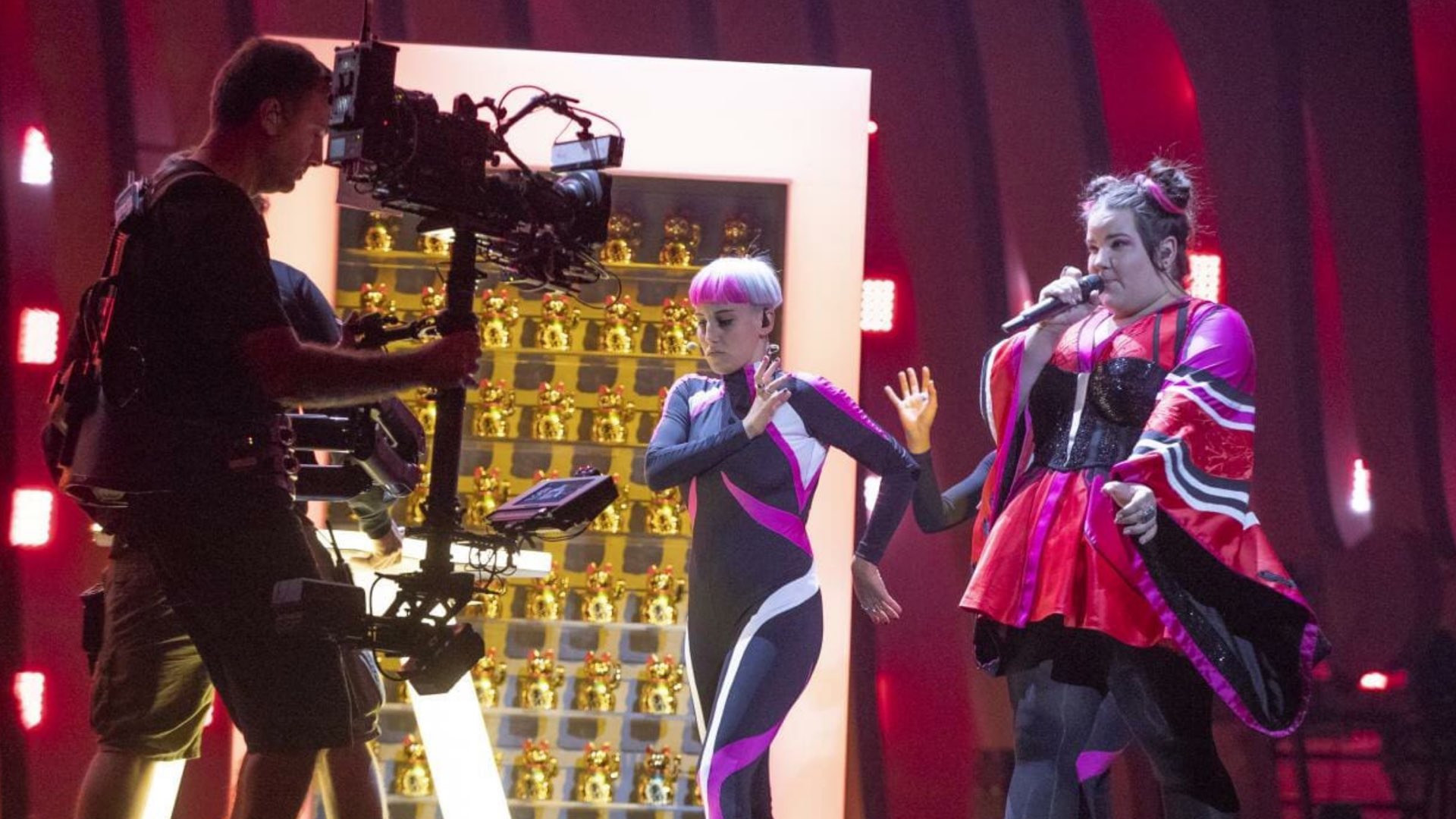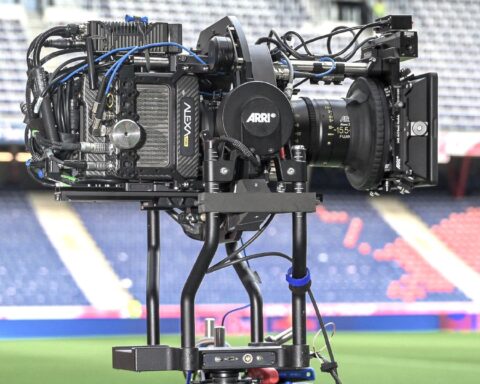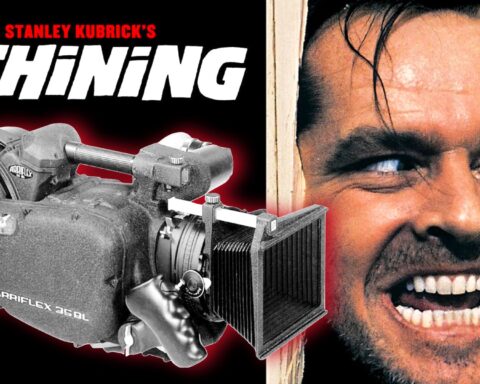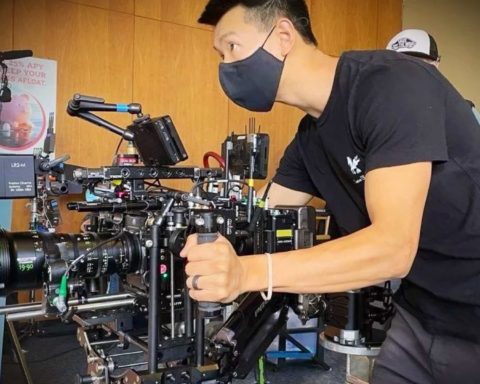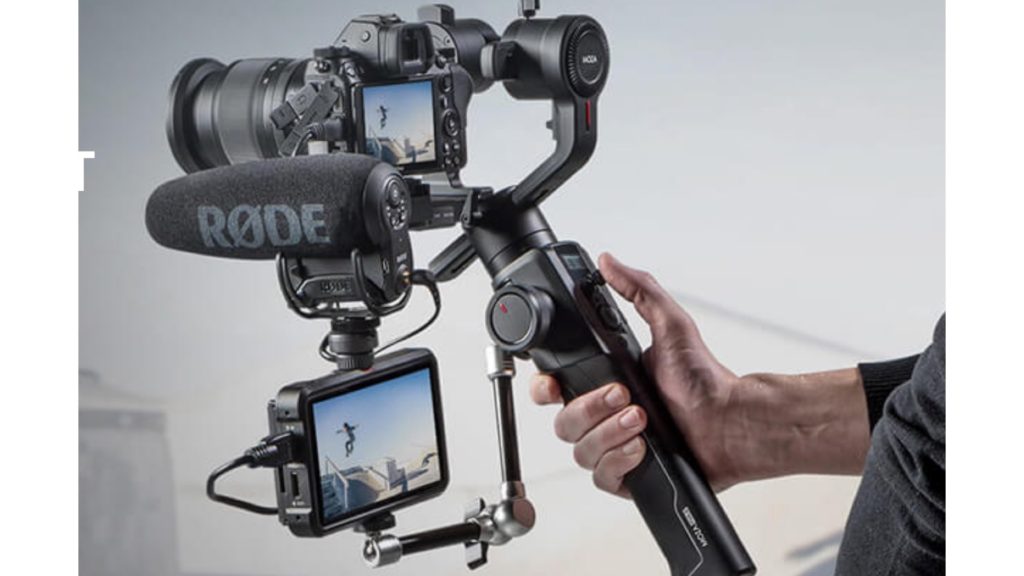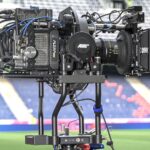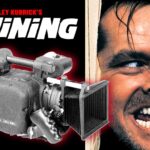This article is a tribute for those with the essential role in the extremely complex Eurovision Song Content production, which is happening now in Israel: Those ultra skilled Steadicam operators. What does it take to be a Eurovision Steadicam cinematographer? Explore below!
The picture above is taken from the Eurovision Song Contest 2018, Lisbon. Steadicam operator – Carlos Santos. FB page | Vimeo
Eurovision – 200 million people watching live
Eurovision Song Contest is one of the most viewed broadcast based events, with more than 200 million people watching the Grand Final around the world. This live television production is highly sophisticated and features some of the highest production values in modern broadcasting. Many of the complicated shots and camera movements are programmed by computer. However, there are the shots that only can be achieved by a human being, and that are the closeup dynamic Steadicam shots. Those shots are based on planned and improvised camera movements which are performed by the most skilled Steadicam operators. There is a zero tolerance for cinematography related glitches, which means that the best operators are selected for the job.
Have a look at operator Norman Bever | Eurovision Song Contest 2011 Finale
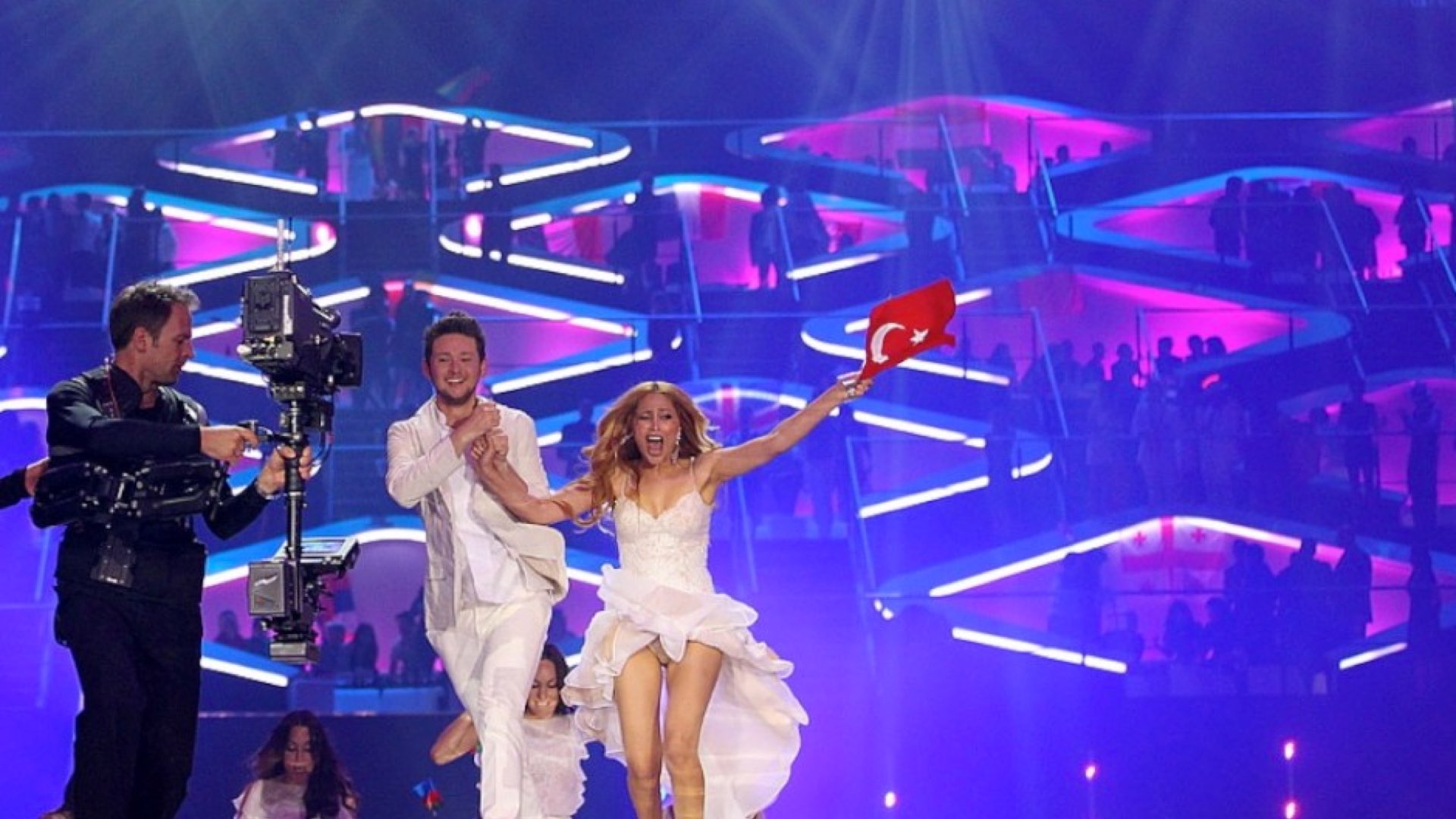
Many of the complicated shots and camera movements are programmed by computer. However, there are the shots that only can be achieved by a human being, and that are the closeup dynamic Steadicam shots
Eurovision through the lens
Unfortunately, there is not much info regarding the cinematography behind the Eurovision production. However, we found some pieces of information which describe some of the production elements needed to assemble this kind of mega-event. The Steadicam provides the most intimate shots recorded from the stage itself.
The picture below taken by Andres Putting describes the rose trick (at Belarus rehearsal): That rose trick is quite literally the Steadicam operator holding the rose at the end of a small stick to ensure the focus.

30 kilos and 3 hours of operation
The cameras being used in that kind of broadcasting event are heavy, and thus the equipment essential to stabilize the shot need to be substantial to counterweight the camera. Sometimes the weight reaches to 30 kilos (more than 65 pounds), making the operation physically demanding effort that equivalent to a CrossFit contest. Of course, the extreme physical effort is not the only factor. The Steadicam must be aware of all camera setup and parameters (focus, exposure, framing, lens data, and more) that have to be exact because of the broadcast characteristic (live event limitations).
Sometimes the weight reaches to 30 kilos (more than 65 pounds)
Watch the video below that demonstrates a bit how the Eurovision looks through the lens:
Perfect synergy with the focus puller
The focus puller plays a crucial part in the Steadicam operation. His job is to verify that the focus stays precise and accurate. The synergy between the Steadicam operator and his wingman (the focus puller) has to be perfect. There is no room for mistake. Watch the video below which is titled as “The Most Ridiculous Steadicam Shot”. That demonstration is a fantastic work between Eurovision Steadicam Karsten Jacobsen (RoboCop Camera) and his focus puller. The video contains two parts. The first part is the actual shot, and the second is BTS. Check it out below:
The synergy between the Steadicam operator and his wingman (the focus puller) has to be perfect
Final thoughts
This article was written as a tribute to one of the most highly skilled operators in the Eurovision Song Contest production. In the era of electronic gimbals, this mechanical stabilizers still plays a major role in dynamic cinematography. Until now, there are no electronic replacements for those highly trained Steadicam operators. Next time when you watch those crafted kinetic shots, you will know what it takes to get them.

